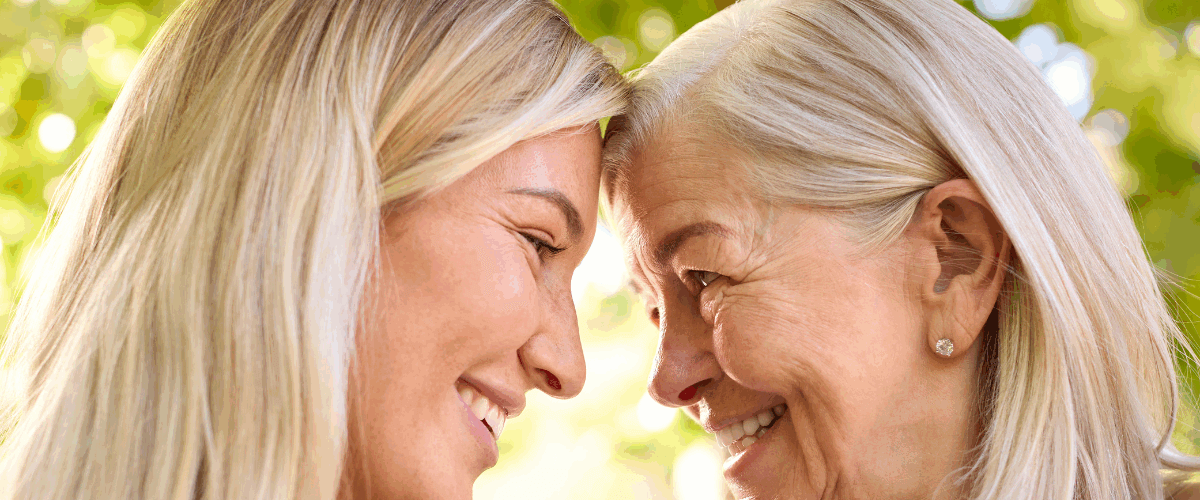
What Are The Benefits of Specialized Memory Care Support?

Senior living, specializing in memory care in Tacoma, WA, has become essential as families face the growing challenges of dementia. The real value of memory care extends far beyond what standard assisted living can offer. These thoughtfully designed environments provide trained caregivers, healthy spaces and personalized programs created specifically for individuals facing cognitive challenges.
Specialized memory care offers comprehensive support that goes far beyond basic assisted living, providing trained staff, secure environments and personalized programs specifically designed for cognitive impairments.
Choosing the right memory care becomes crucial when you’re supporting a loved one through this journey. People’s Senior Living and other dedicated providers create spaces where expert staff training, meaningful activities and carefully planned environments work together to protect dignity while enhancing daily life. Specialized Alzheimer’s programs and person-centered care can truly make a difference in symptom management while bringing peace of mind to your family.
Why are the Activities in a Memory Care Community Different from General Assisted Living Activities?
Memory care activities are specifically designed to stimulate cognitive function and promote well-being. Unlike general assisted living programs, these activities are carefully tailored to each resident’s cognitive abilities and stage of memory loss.
Specialized programs include music therapy to evoke cherished memories and emotions, art therapy for creative expression and motor skills, reminiscence therapy using familiar objects to recall joyful moments and sensory stimulation activities that engage multiple senses.
These structured activities are strategically scheduled to promote consistency, helping reduce stress, improve sleep patterns and minimize sundowning symptoms. Each program recognizes that residents deserve activities that honor their capabilities while providing appropriate support.

What is Specialized Memory Care Support?
Memory care communities provide residential long-term care designed specifically for individuals facing memory challenges. These specialized units create environments where residents receive support tailored to their cognitive needs. Nearly all memory care communities feature building designs that prevent residents from exiting unescorted, along with staff members trained in specialized dementia care.
How is it different from general assisted living?
The differences between general assisted living and specialized memory care are significant. Memory care communities maintain smaller staff-to-resident ratios, ensuring personalized attention for residents with intensive care needs.
The physical design creates immediate distinctions. Most memory care features:
- Environments with alarmed systems
- Clear signage and visual cues
- Enclosed outdoor spaces
- Simplified floor plans to reduce confusion
What conditions does it typically support?
Specialized memory care primarily serves individuals with:
- Alzheimer’s disease
- Vascular dementia
- Frontotemporal dementia
- Lewy body dementia
- Other forms of cognitive impairment
These programs become particularly valuable as conditions advance. Since dementia is a progressive disease that can be slowed but not reversed or cured, memory care provides appropriate support throughout various stages of cognitive decline.
Why is it considered a long-term care solution?
Memory care serves as a long-term solution because mid-to-late stages of dementia require continuous supervision. Studies show people with dementia who enter memory care assisted living demonstrate a lower risk of nursing home admission compared to those in general assisted living (Cornell, P. et al, 2022)
Memory care provides reassurance for families who no longer worry about their loved one’s well-being. The structured environment with consistent routines helps reduce stress for people with Alzheimer’s or dementia, making daily life more manageable as conditions progress.
Most importantly, memory care providers provide consistent support through all stages of memory loss, eliminating the need to relocate to different care environments as conditions advance.
How do staff handle behavioral changes?
Well-trained caregivers understand that challenging behaviors—such as aggression, anxiety or wandering—represent attempts at communication rather than random actions. Through proper training, staff learn to recognize what might trigger these responses, including physical discomfort, hunger, environmental shifts or emotional needs.
Rather than reacting with frustration, trained caregivers use proven approaches such as:
- Validation therapy that honors feelings and emotions
- Gentle redirection away from distressing situations
- Calming environments with reduced noise and distractions
- Consistent daily routines that create comfort
Staff also learn to ensure physical comfort, avoid arguments about facts, redirect attention thoughtfully and remember that behaviors aren’t personal attacks.
Shifting from Constant Worry to Meaningful Connection
Specialized memory care offers families a path forward when dementia changes everything. These communities can create something far more valuable than basic housing—they build environments where your loved one’s unique story continues to matter, even as memory changes.
The activities and therapies serve a deeper purpose than keeping busy. Cognitive stimulation, music that awakens memories, art that allows self-expression—these programs specifically address how dementia affects the brain while creating opportunities for joy and connection.
Perhaps most importantly, memory care transforms your family’s experience. You can avoid the constant worry and exhaustion of round-the-clock caregiving. This transition allows you to return to being a loving daughter, devoted spouse or caring son, rather than solely a caregiver struggling to manage complex medical needs.
Call People’s Senior Living at (253) 474-1741 to schedule a tour and see how specialized memory care can transform this challenging journey for both your loved one and your family.
FAQs
Q1. What makes specialized memory care different from general assisted living?
Specialized memory care is designed specifically for people living with dementia or Alzheimer’s. These communities offer secure environments, staff trained in cognitive care, personalized support plans and daily therapeutic activities—all aimed at helping residents stay engaged and comfortable.
Q2. What kinds of activities do memory care programs usually offer?
Memory care programs provide activities that match each resident’s cognitive abilities. This often includes cognitive stimulation exercises, music and art therapy, reminiscence sessions and sensory-based activities. The goal is to support cognitive function, ease anxiety and create opportunities for meaningful social interaction.
Q3. What emotional benefits does memory care offer for residents and families?
Memory care communities help residents feel more connected and less isolated by encouraging social interaction and routine engagement. Families also benefit—they gain peace of mind knowing their loved one is supported and they’re able to shift from full-time caregiving back to enjoying quality moments together.








